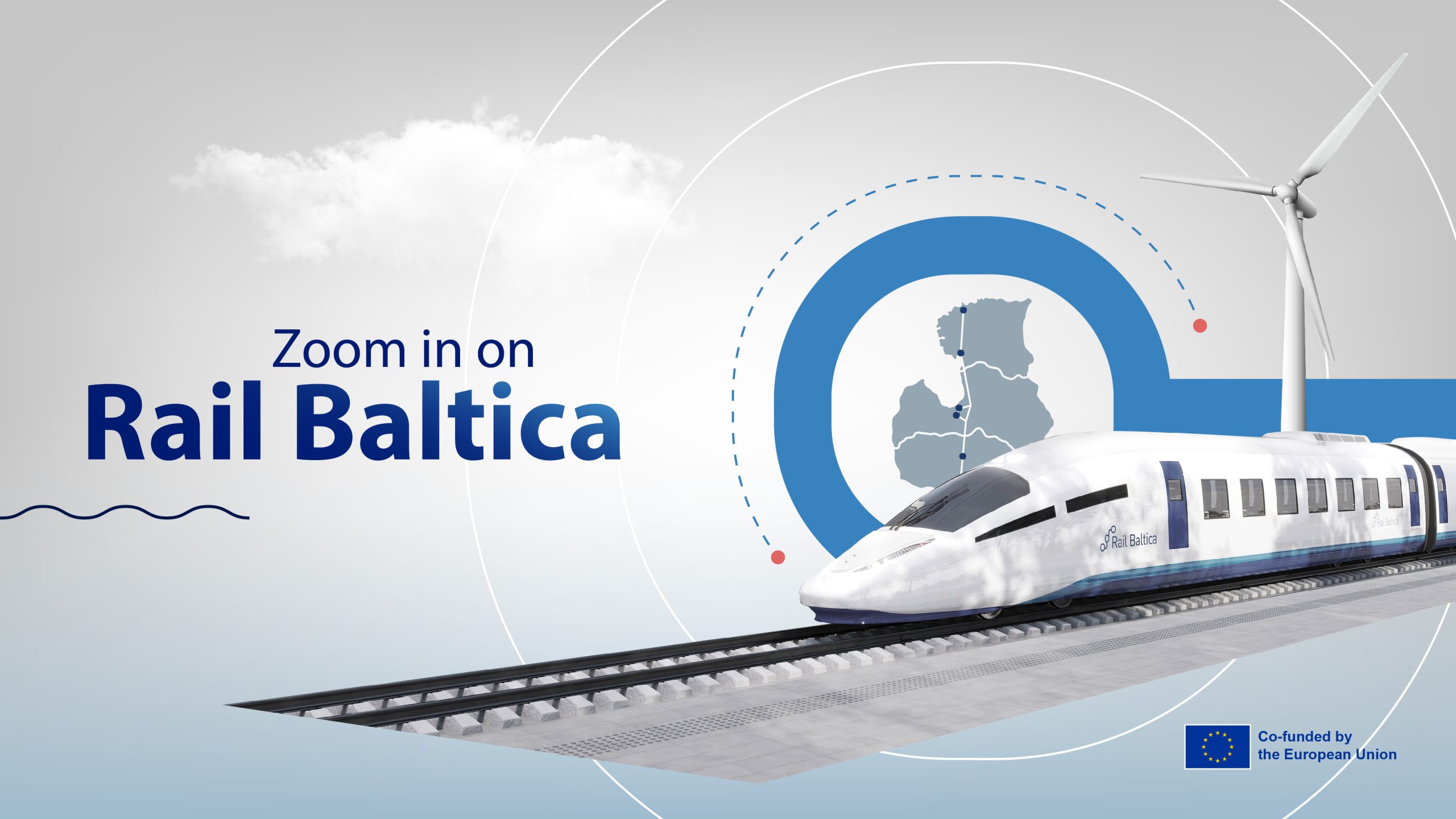In an era marked by an urgent need to address environmental concerns, Rail Baltica aims to offer sustainable transportation in the region. The transport sector, while crucial for economic development, has long been one of the largest contributors to greenhouse gas emissions in Europe. However, the tide is turning, and rail transport is emerging as a healthier alternative. It aligns perfectly with the European Green Deal and simply makes common sense.

Recent data highlights the advantages of rail travel in reducing carbon footprints. Trains emit between 66 and 75 percent less carbon dioxide compared to cars and airplanes. This substantial reduction in emissions is not only environmentally responsible but also economically sensible. Rail transport has not only excelled in reducing emissions but has also increased its passenger and freight capacity, further enhancing its appeal as a sustainable mode of transportation.
One of the features of Rail Baltica is its commitment to prevent, mitigate and manage significant impacts on the environment, incorporating various measures for human health, biodiversity, air and water quality, climate, landscape, cultural heritage and other environmental factors.
“To ensure environmental protection, impacts on environment are considered from the early stages of Rail Baltica development, conducting also comprehensive site investigations. These include geological assessments and where applicable, also biodiversity monitoring, which encompasses studies of mammals and birds, vegetation, and landscape specifics,” said Iveta Jēgere, Spatial Planning and Environmental Team Leader at RB Rail AS.
Throughout the design phase, each solution is carefully evaluated from an environmental perspective. Factors such as noise and vibrations, animal migration patterns, and other ecological aspects are considered. Rail Baltica has undertaken numerous studies to analyse mammals’ movement in the project area, resulting in the incorporation of numerous wildlife passages along the 870-kilometer railway line. These critical features will allow animals, both large and small, to safely migrate. Furthermore, Rail Baltica will introduce noise barriers and dampers to manage impacts of noise, vibration, ensuring minimal disruption to nearby communities and the environment.
The new video episode of “Zoom in on Rail Baltica” provides a deeper overview of the different environmental aspects considered as part of the development of the new high-speed infrastructure.
Watch the previous 4 episodes related to the planning and implementation of the Rail Baltica electrification system, the application of digital tools for efficient project planning and implementation, design process and wider benefits.
